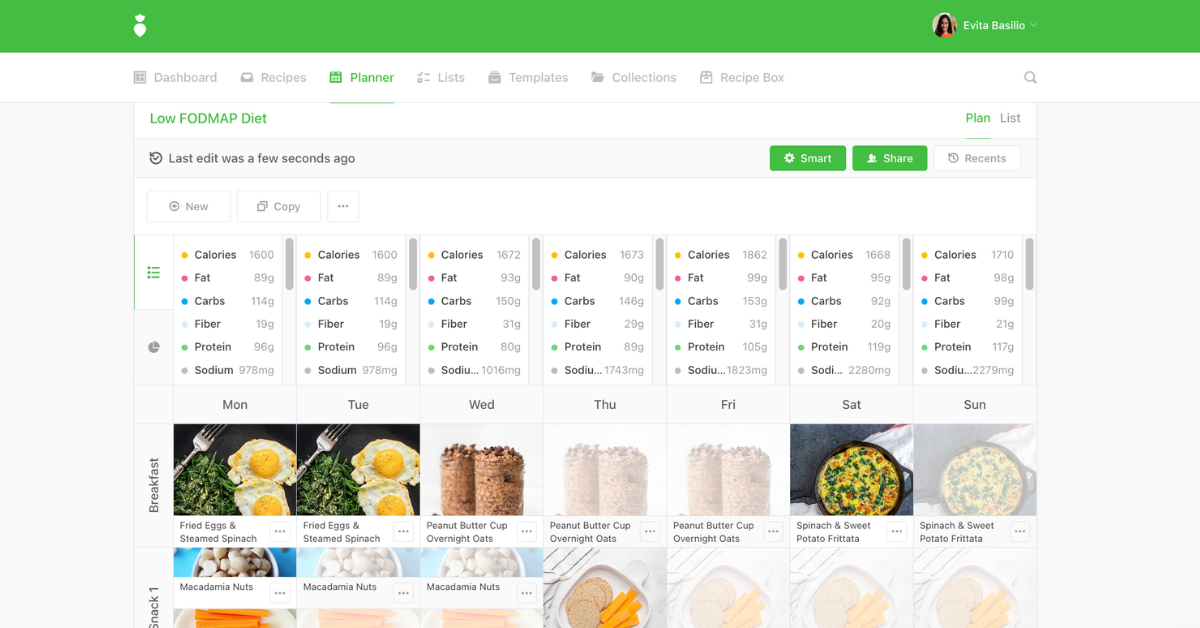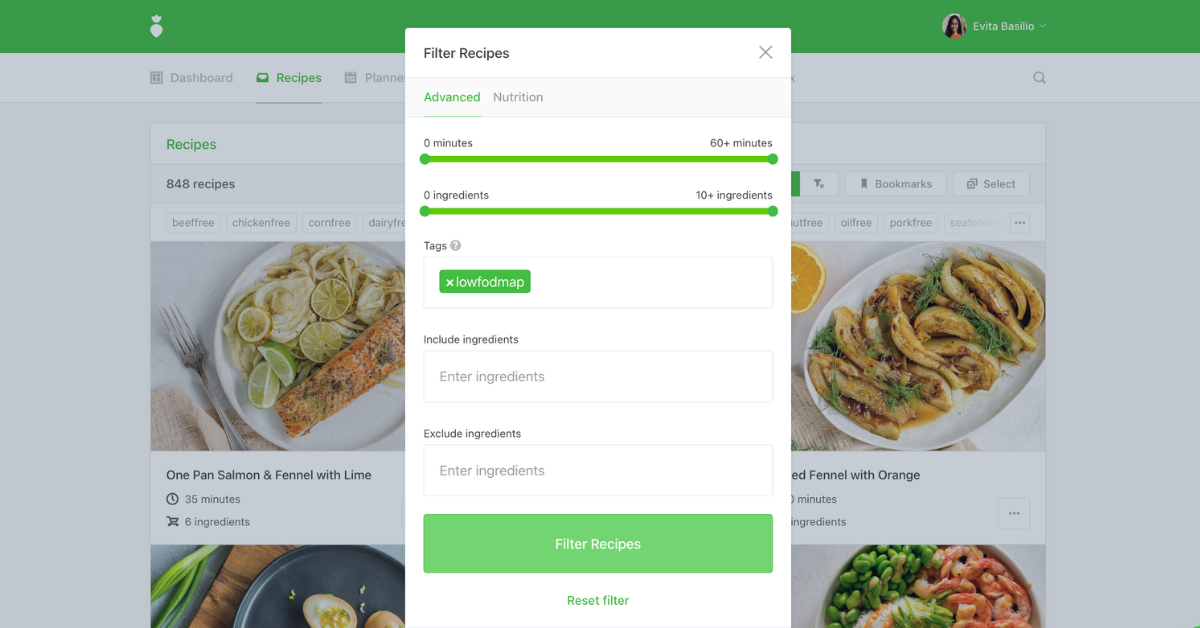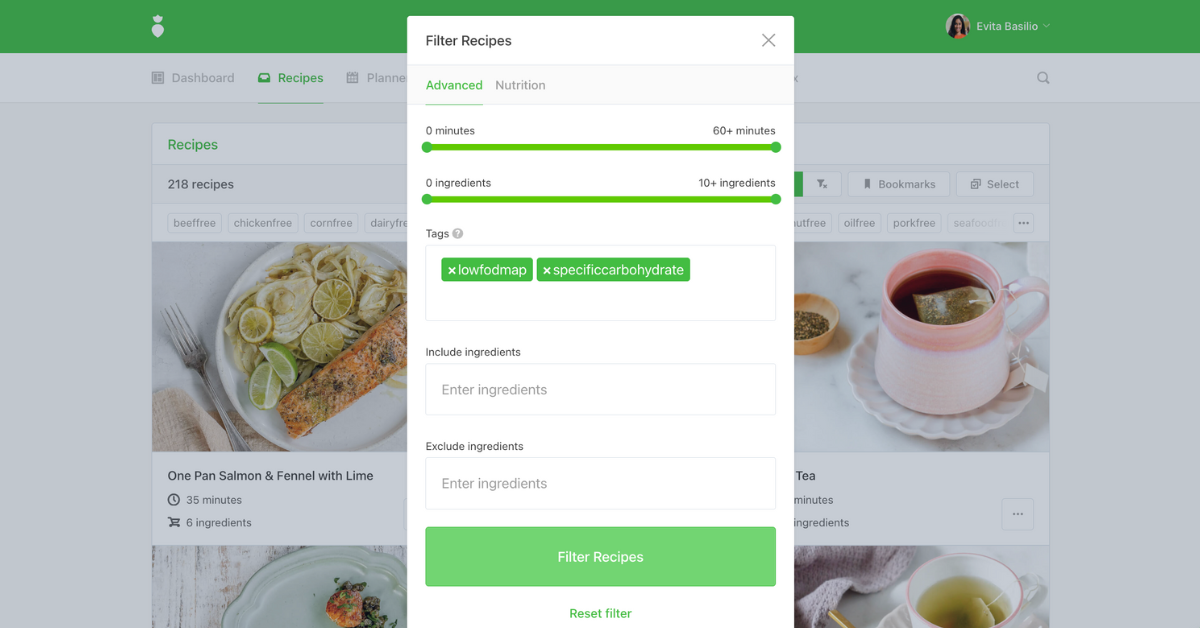The truth is, when it comes to determining the best diet for SIBO, the answer depends on who you ask. From healthcare professionals to nutrition experts, advice on managing the condition can vary and at times, can be contradictory.
SIBO, or Small Intestinal Bacterial Overgrowth, is a condition in which there’s an abnormal increase in the number of bacteria in the small intestine, disrupting the normal balance and potentially leading to digestive symptoms. Current studies estimate that SIBO can be found in up to 20% of the US population.
The main goal of SIBO diets is to manage and alleviate symptoms by reducing the overgrowth of bacteria in the small intestine. While their specifics may differ, the best diets for SIBO help to create an environment that prevents bacterial overgrowth, thereby improving digestive health and overall well-being.
In this article, we will attempt to answer the age-old question, “What is the best diet for SIBO?” We will explore the various diets used to manage SIBO and examine what the research has to say.
Low FODMAP Diet
The Low FODMAP Diet is a dietary approach designed to alleviate symptoms associated with digestive disorders, particularly for people with irritable bowel syndrome (IBS).
The diet involves temporarily eliminating foods high in FODMAPs. FODMAPs stands for fermentable oligo-, di- and monosaccharides, and polyols, which are certain types of carbohydrates that are poorly absorbed by the small intestine in some people.
These carbohydrates can end up in the colon, where they can ferment, leading to symptoms such as bloating, gas, and abdominal discomfort. After the initial elimination phase of the Low FODMAP Diet, groups of carbohydrates are systematically reintroduced to test a person’s tolerance level.
That Clean Life provides evidence-based templates for the Low FODMAP Diet and Plant-Based Low FODMAP Diet that can help your clients with IBS and possibly those with SIBO, too.

Research suggests an overlap between IBS and SIBO, with studies showing as many as 78% of people with IBS also have SIBO. Considering that the Low FODMAP Diet has been shown to improve digestive symptoms in up to 80% of people with IBS, many people think it can help manage the symptoms of SIBO as well.
Researchers theorize that by reducing the consumption of fermentable carbohydrates, a Low FODMAP Diet might also help reduce excessive bacteria in the small intestine for individuals with SIBO.
While the Low FODMAP Diet has shown effectiveness in managing symptoms of IBS, its application to SIBO is still under consideration. One case study from 2017 found that following a Low FODMAP Diet helped resolve abdominal pain and bloating associated with SIBO, but didn’t help ease constipation.
A 2022 review examined whether the Low FODMAP Diet may be suitable for patients with SIBO. Researchers found that the benefits of the Low FODMAP Diet for people with SIBO are inconclusive, and future research is needed.
While the research continues, you may find that some clients would benefit from eliminating foods that ferment (FODMAPs), to help identify which foods are responsible for their symptoms.
That Clean Life allows you to easily filter recipes with dietary tags for low FODMAP ingredients. This way, when creating an SIBO meal plan for a client, you can filter recipes to eliminate FODMAPs to see if this eases digestive symptoms.

Specific Carbohydrate Diet
The Specific Carbohydrate Diet (SCD) is an eating plan designed to manage various digestive issues. It was first developed to help manage Celiac disease but is now being considered for use in other conditions like Crohn's disease, ulcerative colitis, IBS, and SIBO.
The core principle of the diet is that certain complex carbohydrates can become food for potentially harmful bacteria in the gut. Therefore, eliminating specific carbohydrates may help starve the harmful bacteria while allowing the beneficial bacteria to grow.
In theory, the diet may help reduce SIBO by limiting carbohydrates that can serve as fuel for the excess bacteria in the small intestine. The hope is that the SCD diet can set the stage for balanced gut bacteria, restoring gut health and reducing GI symptoms.
The SCD eliminates all grains, sugars, all milk products except for hard cheeses and fermented yogurt, along with most processed foods. There is limited research examining the diet’s effectiveness for SIBO, however, reducing specific complex carbohydrates temporarily may benefit some clients in managing symptoms.
That Clean Life provides user-friendly templates for the Specific Carbohydrate Diet and Plant-Based Specific Carbohydrate Diet to help your clients avoid any nutrient deficiencies when following the diet. Additionally, That Clean Life enables you to filter recipes for the specific carbohydrate diet.

SIBO Specific Diet
The SIBO Specific Diet combines the Low FODMAP and the SCD diets. By combining the two diets, the idea is to quickly and efficiently reduce bacterial overgrowth through the lack of fermentable carbohydrates in the intestines. Creating an environment in the gut that discourages the growth of harmful bacteria may provide relief for people dealing with SIBO-related gut issues.
This diet is divided into 10 categories: vegetables, fruits, legumes and beans, nuts and seeds, dairy, protein and meats, sweeteners, beverages and alcohol, fats and oils, and seasonings and condiments. In each food category, you'll find color-coded columns that distinguish between less fermentable and more fermentable foods. The less fermentable foods will typically cause fewer symptoms for people with SIBO.
There’s very little research to verify the use of the SIBO Specific Diet, however, some anecdotal evidence suggests that it may help manage symptoms of SIBO.
While the SIBO-specific diet may seem complex, using That Clean Life’s Low FODMAP and Specific Carbohydrate tags together can help simplify the process when creating a SIBO meal plan for your clients.

SIBO Bi-Phasic Diet
The SIBO Bi-Phasic diet is another form of the SIBO diet that helps to repair and restore balance by trying to eliminate bacterial overgrowth in the small intestine. The diet involves two phases.
- The first phase focuses on eliminating fermentable carbohydrates to help minimize bacterial overgrowth within the small intestine. This phase typically lasts 4 to 6 weeks.
- The second phase gradually reintroduces specific carbohydrates to support a more balanced gut environment. These carbohydrates may include specific fruits, vegetables, and complex carbohydrates. The goal is to observe how the body responds to these reintroduced foods and identify any triggers for SIBO symptoms.
By initially limiting certain carbohydrates and then strategically reintroducing them, the SIBO Bi-Phasic Diet aims to disrupt the cycle of bacterial overgrowth while promoting long-term digestive health.
Is the SIBO Bi-Phasic Diet the best diet for SIBO? Like with most SIBO diets, the research here is lacking, however, some clients may benefit from this phased approach.
Using recipe tags, That Clean Life enables dietitians to create personalized nutrition plans according to the specific carbohydrate requirements of their clients during different phases of the SIBO Bi-Phasic Diet.
Low Fermentation Diet
The Low Fermentation Diet, also known as The Cedars-Sinai Diet, is an eating plan designed to minimize the fermentation of certain carbohydrates in the gut to help reduce SIBO symptoms. The diet also includes a modification in the timing of meals and snacks.
Many of the highly fermentable foods eliminated on the Low FODMAP Diet are also eliminated on the Low Fermentation Diet. This is because highly fermentable foods can wind up in the colon, where they can ferment and produce uncomfortable symptoms like bloating and gas.

Additionally, the diet involves ensuring a 4-hour gap between each time you eat. The idea behind this type of meal spacing is to allow your digestive system to rest, which can help prepare the body for healthy digestion the next time you eat.
That Clean Life provides a recipe tag feature, allowing you to easily filter recipes by carbohydrate type. This ensures that you can tailor personalized nutrition plans to align with the specific carbohydrate restrictions of your clients who may be following the Low Fermentation Diet.
Elemental Diet
The Elemental Diet for SIBO involves consuming a liquid formula containing predigested nutrients in their simplest form. The goal of the diet is to provide essential nutrients while reducing the amount of food passing through the small intestine.
The theory behind the diet is to starve out bacterial overgrowth to help alleviate symptoms associated with SIBO, like bloating and abdominal discomfort. Elemental diets are available in various forms, from ready-to-drink beverages to powdered formulas that you can mix with water.
Following a completely liquid diet for 2 to 3 weeks can be challenging, but there is some evidence to show that the diet may benefit some people with SIBO. One 2016 study found that following an elemental diet helped improve SIBO symptoms, but the restrictive nature of the diet made it unlikely to be a solution for many people.
The Takeaway
While various diets have shown promise in alleviating SIBO symptoms, it's important to recognize that there's no one-size-fits-all solution.
SIBO manifests differently in individuals, and what works for one person may not work for another. When developing a SIBO meal plan, it’s important to consider your client’s specific dietary triggers, food preferences, and unique nutritional requirements.
That Clean Life can help you create personalized nutrition plans for clients with SIBO. Watch a demo here to see how we can streamline the meal planning process for you.

